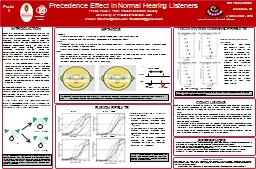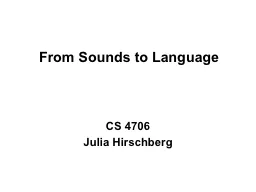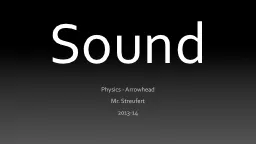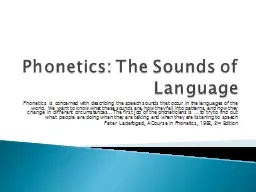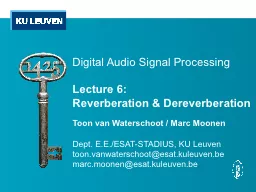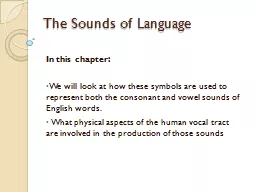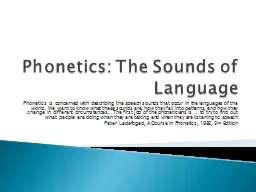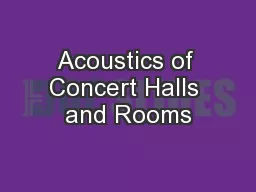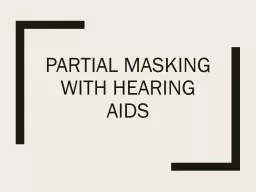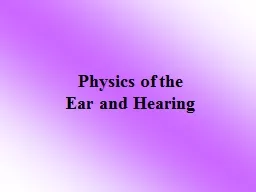PPT-Sounds in a reverberant room can interfere with the direct sound source. The normal hearing
Author : giovanna-bartolotta | Published Date : 2020-04-02
T his is called the precedence effect PE The precedence effect is a perceptual phenomenon where the cues of the preceding direct sound the lead dominate over laterarriving
Presentation Embed Code
Download Presentation
Download Presentation The PPT/PDF document " Sounds in a reverberant room can interf..." is the property of its rightful owner. Permission is granted to download and print the materials on this website for personal, non-commercial use only, and to display it on your personal computer provided you do not modify the materials and that you retain all copyright notices contained in the materials. By downloading content from our website, you accept the terms of this agreement.
Sounds in a reverberant room can interfere with the direct sound source. The normal hearing: Transcript
Download Rules Of Document
" Sounds in a reverberant room can interfere with the direct sound source. The normal hearing"The content belongs to its owner. You may download and print it for personal use, without modification, and keep all copyright notices. By downloading, you agree to these terms.
Related Documents

